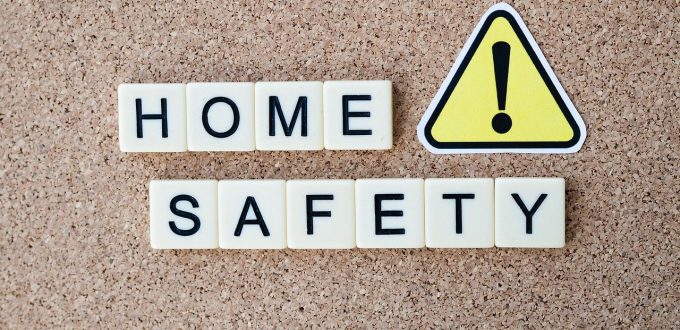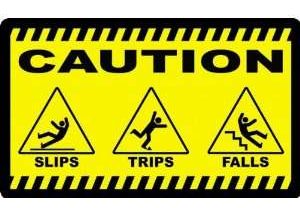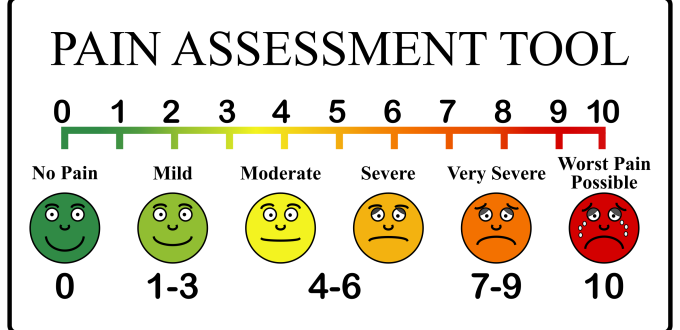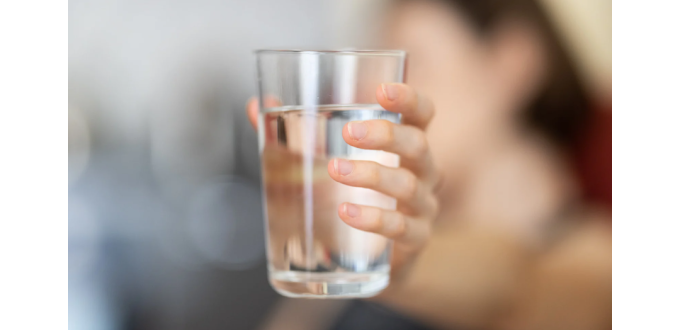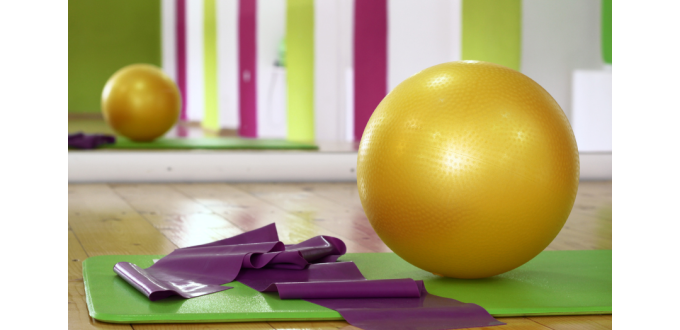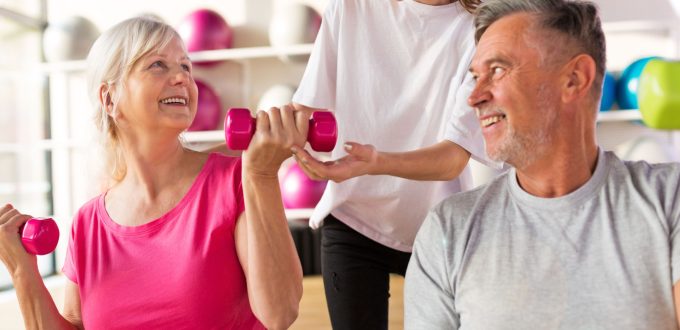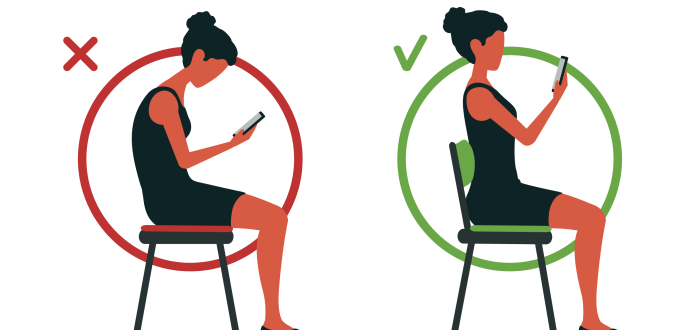Winter is here which means snow and ice and being indoors more. Here are my tips to prevent slipping, tripping or falling this winter.
- When getting out of the car plant both feet and hang onto the door before starting to walk to make sure you have your balance and that it isn’t slippery
- Dress warmly – cold muscles tense up which affects balance and can cause a fall – also being warm decreases joint stiffness
- Wear shoes with good traction, even if it is just for a very short distance
- Wear clothes that fit well – if they are too tight or bulky your movements can be restricted which can lead to a fall or if they are to big/baggy they can catch on things
- Slow down and give yourself extra time when going places
- Always have a cell phone with you
- Keep shoes and walking aides dry and free of snow and ice as soon as you come inside
- Avoid walking in more than one inch of snow – snow can hide uneven ground, curbs, and other tripping hazards
- When walking on surfaces that may be icy, shorten your stride and walk with your feet pointed slightly out and knees gently bent (like a penguin) to improve traction and balance
- Make sure you have enough lights and night lights in the darkness of winter! Use a flashlight on your key ring for extra light when needed
- Can also carry a small bag of kitty litter, sand or rock salt with you in case you need to throw some down in a walkway or slippery area
- Have a table or chair by door/entrance way to set things down when you come in and out of the house so that you are not trying to hold too many things/do too much all at once
- Can use cleats on shoes and also add ice spikes to canes. Attaching cleats to shoes are great, especially if you want to continue to go for walks outside.
- Don’t take short cuts when walking, stay on cleared sidewalks and paths
- Last but certainly not least…keep moving!! Staying active during the winter months is one of the best things you can do for your physical and mental health.
Now you are ready to tackle this winter weather safely:)
Contact A to Z Personal Wellness if you need help staying active and safe this winter.



